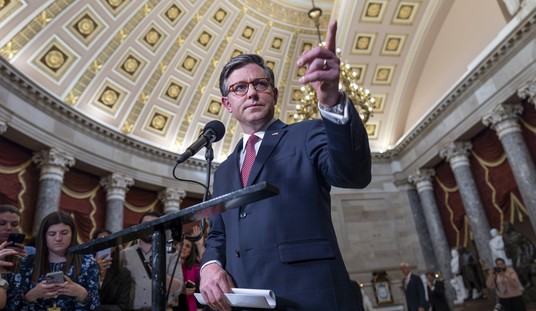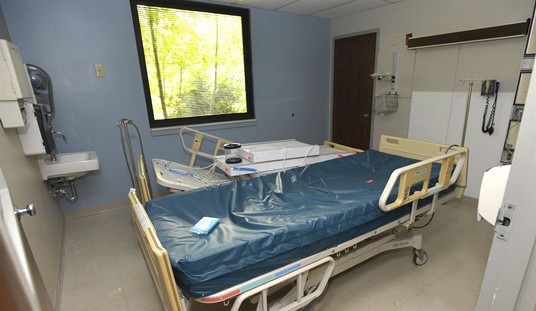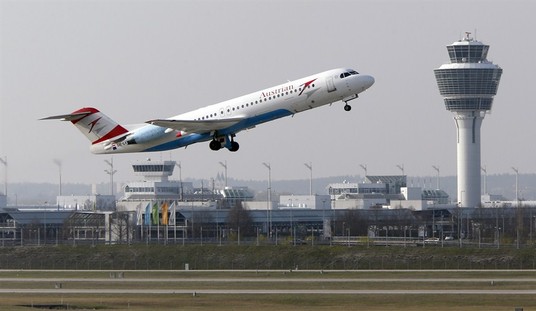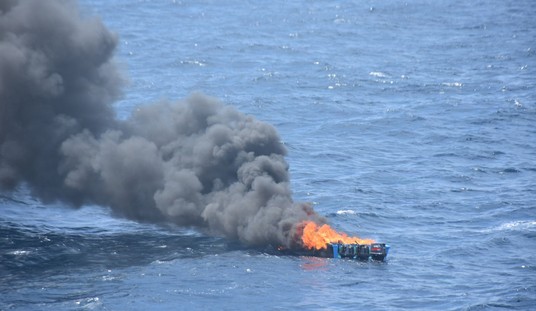
Iranian supreme leader Ayatollah Ali Khamenei delivers a speech on the 17th anniversary of death of the late revolutionary founder Ayatollah Khomeini, in his mausoleum just outside Tehran, Iran, Sunday, June 4, 2006. Khamenei, warned Sunday that energy supplies from the Gulf region would be disrupted if Iran came under attack from the United States and insisted his country would not give up the right to produce nuclear fuel. (AP Photo/Vahid Salemi)
According to The New York Times, Acting Defense Secretary Patrick Shanahan presented a military option for dealing with Iran if they should “attack American forces or accelerate work on nuclear weapons.” Although the plan calls for the deployment of up to 120,000 troops to the Middle East, it does not include a land invasion.
The newspaper was quick to point out the obvious – that the plan was ordered by National Security Advisor John Bolton, “one of the administration’s most virulent Iran hawks.”
The plan sounds very un-Trump-like to me. Still, the military has to be prepared for all possibilities with a plan of action.
When asked about the escalating situation with Iran on Monday, Trump responded, “we’ll see what happens with Iran. If they do anything, it would be a very bad mistake.”
The New York Times said, “More than a half-dozen American national security officials who have been briefed on details of the updated plans agreed to discuss them…on the condition of anonymity. Spokesmen for Mr. Shanahan and Gen. Joseph F. Dunford Jr., the chairman of the Joint Chiefs of Staff, declined to comment.”
Here are some of the highlights:
- The most likely trigger for a US military response is still an attack by the IRGC The guard’s fleet of small boats has a history of approaching American Navy ships at high speed. Though the plan includes provisions for a US response if Iran once again starts stockpiling nuclear fuel. If Iran does start stockpiling enriched uranium again, the US would have more than a year to formulate a more coherent response, since it would take at least that long for Iran to stockpile anything close to enough to fashion a weapon.
- Cyberweapons would be used to paralyze the Iranian economy during the opening salvo of the conflict, in the hopes that this would be enough to cripple Iran before any bombs were dropped. Such an operation would call for “implants” or “beacons” inside US networks. Though, given Iran’s increasingly sophisticated cyberweapons, such an attack would still pose “significant risks.”
- Though it’s widely believed that the president remains opposed to such an incursion. Bolton requested an update after Iranian-backed militants fired three mortar shells into an empty lot on the grounds of the US embassy in Baghdad.
- One of the options offered up as a proportional response was a strike on a Iranian military facility that would have been “mostly symbolic.”
Military officials inside the administration are said to be divided over what the proper response to Iran’s provocations. One official argued:
Deploying such a robust air, land and naval force would give Tehran more targets to strike, and potentially more reason to do so, risking entangling the United States in a drawn out conflict. It also would reverse years of retrenching by the American military in the Middle East that began with President Barack Obama’s withdrawal of troops from Iraq in 2011.
Two others said, “Mr. Trump’s announced drawdown in December of American forces in Syria, and the diminished naval presence in the region, appear to have emboldened some leaders in Tehran and convinced the Islamic Revolutionary Guards Corps that the United States has no appetite for a fight with Iran.”
In the meantime, Secretary of State Mike Pompeo met with the foreign ministers of Britain, France and Germany over weekend. They are concerned that “tensions between Washington and Tehran could boil over, possibly inadvertently.”
On Monday, National Security Council spokesman, Garrett Marquis, wrote an email which said, “The president has been clear, the United States does not seek military conflict with Iran, and he is open to talks with Iranian leadership. However, Iran’s default option for 40 years has been violence, and we are ready to defend U.S. personnel and interests in the region.”













Join the conversation as a VIP Member